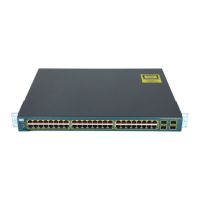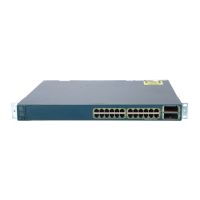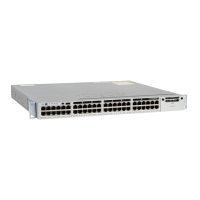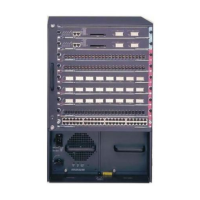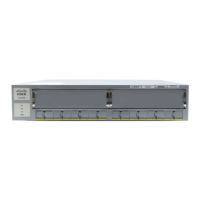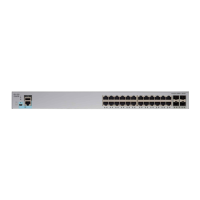10-3
Catalyst 3750 Switch Software Configuration Guide
78-16180-02
Chapter 10 Configuring 802.1x Port-Based Authentication
Understanding 802.1x Port-Based Authentication
When the switch receives EAPOL frames and relays them to the authentication server, the Ethernet
header is stripped and the remaining EAP frame is re-encapsulated in the RADIUS format. The EAP
frames are not modified or examined during encapsulation, and the authentication server must
support EAP within the native frame format. When the switch receives frames from the
authentication server, the server’s frame header is removed, leaving the EAP frame, which is then
encapsulated for Ethernet and sent to the client.
The devices that can act as intermediaries include the Catalyst 3750, Catalyst 3560, Catalyst 3550,
Catalyst 2970, Catalyst 2955, Catalyst 2950, Catalyst 2940 switches, or a wireless access point.
These devices must be running software that supports the RADIUS client and 802.1x.
Authentication Initiation and Message Exchange
The switch or the client can initiate authentication. If you enable authentication on a port by using the
dot1x port-control auto interface configuration command, the switch must initiate authentication when
the link state changes from down to up. It then sends an EAP-request/identity frame to the client to
request its identity (typically, the switch sends an initial identity/request frame followed by one or more
requests for authentication information). Upon receipt of the frame, the client responds with an
EAP-response/identity frame.
However, if during bootup, the client does not receive an EAP-request/identity frame from the switch,
the client can initiate authentication by sending an EAPOL-start frame, which prompts the switch to
request the client’s identity.
Note If 802.1x is not enabled or supported on the network access device, any EAPOL frames from the client
are dropped. If the client does not receive an EAP-request/identity frame after three attempts to start
authentication, the client sends frames as if the port is in the authorized state. A port in the authorized
state effectively means that the client has been successfully authenticated. For more information, see the
“Ports in Authorized and Unauthorized States” section on page 10-4.
When the client supplies its identity, the switch begins its role as the intermediary, passing EAP frames
between the client and the authentication server until authentication succeeds or fails. If the
authentication succeeds, the switch port becomes authorized. For more information, see the “Ports in
Authorized and Unauthorized States” section on page 10-4.
The specific exchange of EAP frames depends on the authentication method being used. Figure 10-2
shows a message exchange initiated by the client using the One-Time-Password (OTP) authentication
method with a RADIUS server.

